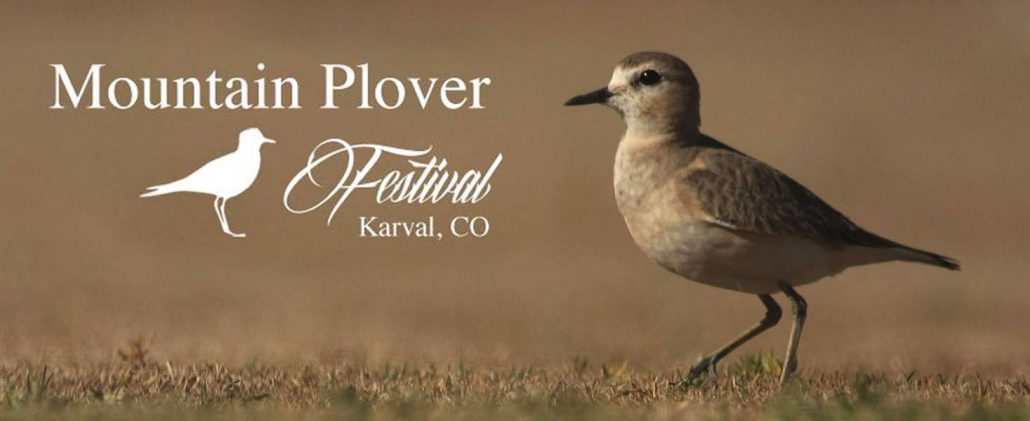Have you ever wondered how bird conservation is coordinated across organizations and spatial scales? OK, maybe not, but imagine for a moment if it wasn’t. At all. Do you think there would be any hope of recovering populations and saving the hundreds of species that are spiraling towards extinction?
The cultural heritage of those that tend the land and call it home—from ranchers to Indigenous Peoples to ejidos—is closely tied to the fate of grasslands. Rural communities and economies depend on healthy grasslands and the services they provide which include aquifer recharge, productive rangelands, outdoor recreation and more. Despite their importance, the plight of grasslands has been largely overlooked, but a new initiative has launched which aims to chart a better future for this precious resource.

Join us at the Karval Mountain Plover Festival for a community-sponsored weekend of bird watching, wildlife viewing tours, entertainment, history, arts and crafts, music, antiques, and lots of great food!
Through a grant from Great Outdoors Colorado, Bird Conservancy of the Rockies is partnering with private landowners in Morgan County, Colorado to eliminate cheatgrass—an extremely invasive weed that outcompetes native vegetation, reduces habitat quality and increases fire hazards.
Black Swifts are thought to forage long distances from their nest sites, but their basic movement ecology is unknown. Knowledge about daily foraging routes and distances will help identify flight patterns, foraging hotspots and habitat relationships—critical to understanding the conservation needs of this enigmatic species.
Traditional and high-tech tools are revealing details about where Mountain Plovers spend time during migration and over winter—highlighting critical habitat locations and guiding much-needed conservation efforts.
After several weeks of intensive nest searching and observation, Bird Conservancy of the Rockies has confirmed that Baird’s Sparrows are actively breeding at Soapstone Prairie Natural Area—the first time the species has been documented reproducing in the State of Colorado. This remarkable discovery marks an exciting milestone in an already-eventful 2018 summer field season.
The Central Plains Experimental Range in Northern Colorado provides the perfect place for researchers and ranchers to come together and explore new ways to achieve maximum economic yields alongside quality habitat for grassland birds.
2017 marks eleven consecutive years of data collection at Soapstone Prairie Natural Area in Northern Colorado. This beautiful and ecologically important landscape is home to a diverse array of plants and animals—including over twenty species of grassland birds—that are uniquely adapted to life where the mountains meet the plains.
Mixed-grass prairie in the Northern Great Plains represents critical habitat for wildlife of all kinds, including our specialty at Bird Conservancy of the Rockies – birds! Read on to learn more about our full life cycle monitoring on the breeding grounds and how technology is playing a role in helping us conserve birds and their habitats.


